By Patrick Flatley
Do you remember where you were on March 12, 2020? Quinnipiac hockey player Alex Whelan does. That day is better known as “the day the sports world stopped.”
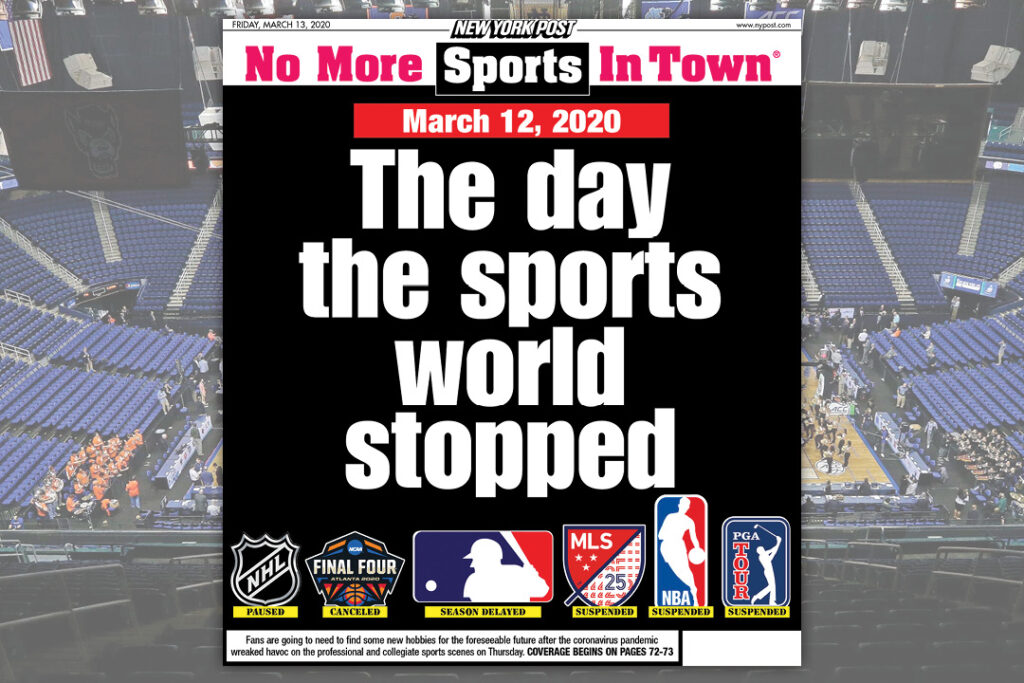
People got used to the way of life and that all came to a screeching halt. Quinnipiac University students, along with many others across the country, went on spring break and didn’t return until next Fall.
But Whelan’s story really begins in February 2020. It was a Friday night and the Quinnipiac Men’s Ice Hockey team was in upstate New York for a conference game against Rensselaer Polytechnic Institute. It was an important game standing-wise, with the playoffs getting closer by the day. RPI got the better of the Bobcats that night.
The team then took a short trip down to Union to play the next night. Losing back-to-back games at this point of the season can prove to be costly. Whelan, an assistant captain in his senior season, knows this all too well.
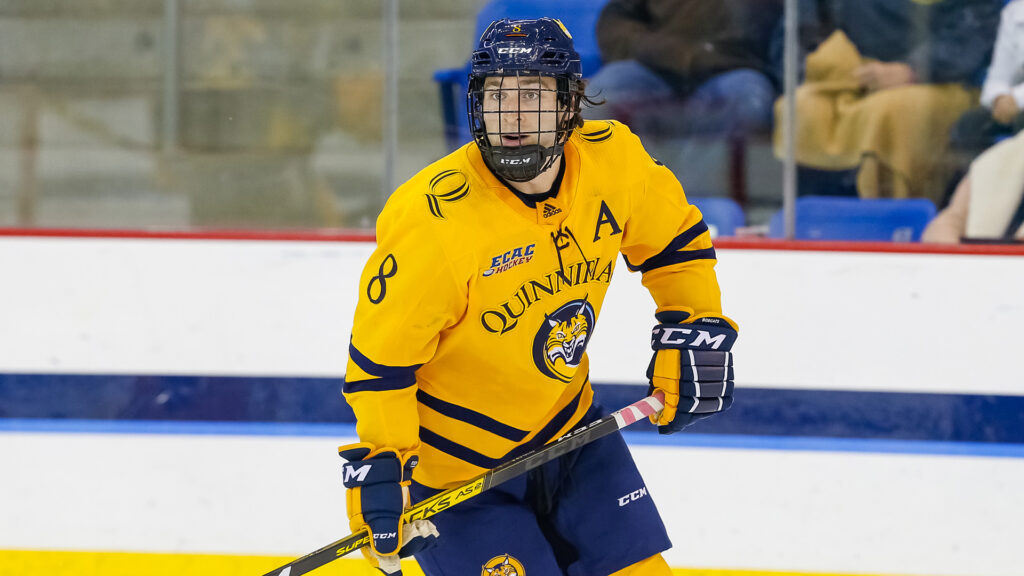
“After that loss to RPI, the leaders on that team kind of laid out the situation to the guys,” Whelan said. “We needed to right the ship and that’s exactly what we did.”
The Quinnipiac Bobcats finished the season strong with wins over Union, Brown and longtime rival Yale to end the regular season.
“We were feeling good,” Whelan said. “We were just starting to get hot.”
On March 8, the ECAC Hockey playoff bracket was announced, and Quinnipiac was set to face the Yale Bulldogs. The “Battle of Whitney Avenue” was about gets its taste of playoff hockey once again.
“We were excited,” Whelan said. “We always get up for the game, so I know our team was going to be ready to play.”
That is backed up by the stats as Quinnipiac has a 24-7-5 record versus Yale all time.
“The atmosphere at the People’s United (Center) is always crazy for those games. You can only imagine it in the playoffs.” Whelan said.
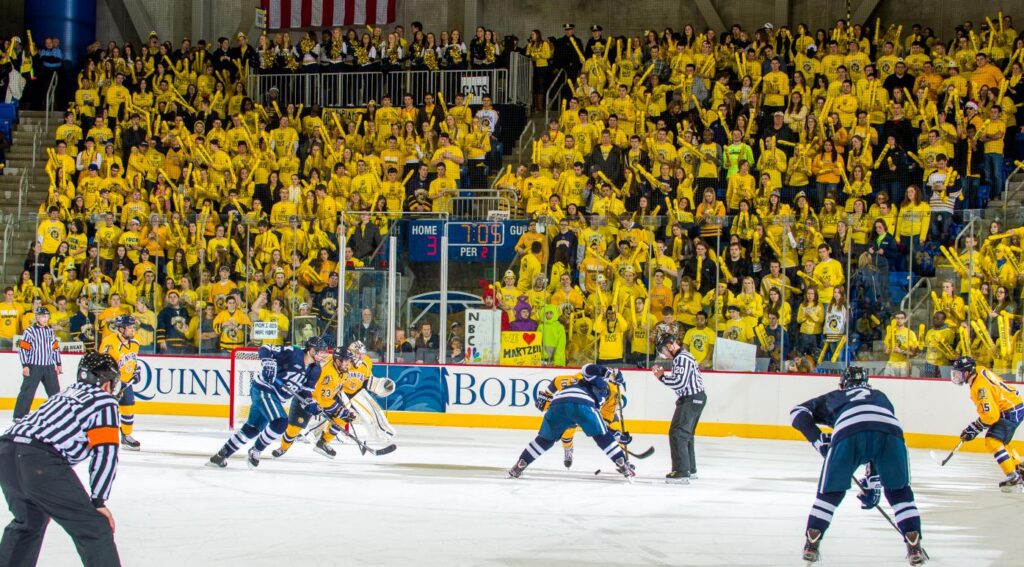
Dreams of a rocking People’s United Center were short-lived. The Ivy league canceled all sports due to COVID-19, forcing Yale and Harvard to drop out of the ECAC Hockey tournament. On March 11, the conference was forced to reseed, and Quinnipiac only had a few days to shift preparation as they awaited a new opponent.
Then the unthinkable happened.
“We actually just finished practice and it was our normal day-before-game practice. We were all kind of joking around a little bit, it was a light practice,” Whelan said. “We got off the ice and we saw that the ECAC cancelled the tournament.”
By this time, NBA player Rudy Gobert infamously tested positive for COVID-19 after touching reporters’ microphones mocking the virus, forcing the NBA to suspend the season.
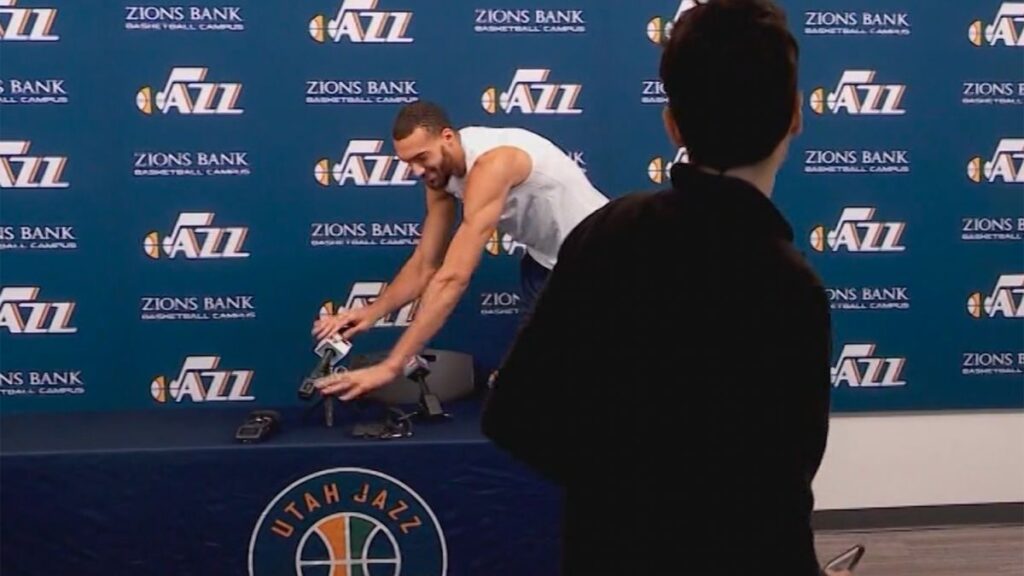
Whelan, who is in his senior year looking to have a strong playoff in order to generate some interest in the scouting department for his future, was caught completely off guard.
“We were all scrambling, running to the locker room to check our phones, it was something you can barely describe,” Whelan said. “We were all checking the pairwise to see if we were going to be able to make it.”
The pairwise is an algorithm that ranks teams nationally in order to decide seeds for the NCAA tournament after conference tournaments but with those canceled, the Pairwise rankings suddenly became much more important.
Then more news came in.
“I mean, no one, no one could expect that to happen. That was pretty shocking.” Whelan said.
“A few hours later, the NCAA canceled the tournament,” Whelan said. “We were all at one of our houses and that’s when we found out together, which was good as a team.”
Just like that, the season was over. Playoff hopes, silenced.

That led to a long spring and an even longer summer without hockey. The NHL made its return to play in late July, but teams were in a bubble with rigorous testing.
For the non-professional hockey player, the return to play wasn’t exactly clear and even now in November, no one seems to have one correct answer.
Hockey doesn’t only exist at the Division One level at Quinnipiac. In fact, many students put their talents on display for a solid club hockey team as well as the competitive intramural league run by the university.
Both are in jeopardy.
Quinnipiac Junior Matt Posillipo was looking forward to his third season with Quinnipiac’s club hockey team, the Braves.
“It’s been drastically different,” Posillipo said. “We are very limited now in what we can do.”
The Braves tried to continue as normally as they could. They started to hold tryouts in late October at the People’s United Center on Quinnipiac’s York Hill campus.
“It worked for a little and then Quinnipiac went into Orange Alert,” Posillipo said.
Code Orange is from the color system that the university used to assess the risk level. Soon after that, the university went to Code Red which is the highest risk level. It forced all in-person classes to move online.

“Who knows when we’ll get to play again if I’m being honest,” Posillipo said. “Cases are going up instead of down and that’s not just here, it’s all around the world.”
Not knowing what is going to happen next seems to be a common theme across recreational hockey players. Nicolas Arcaroli is a two-time intramural champion at Quinnipiac.
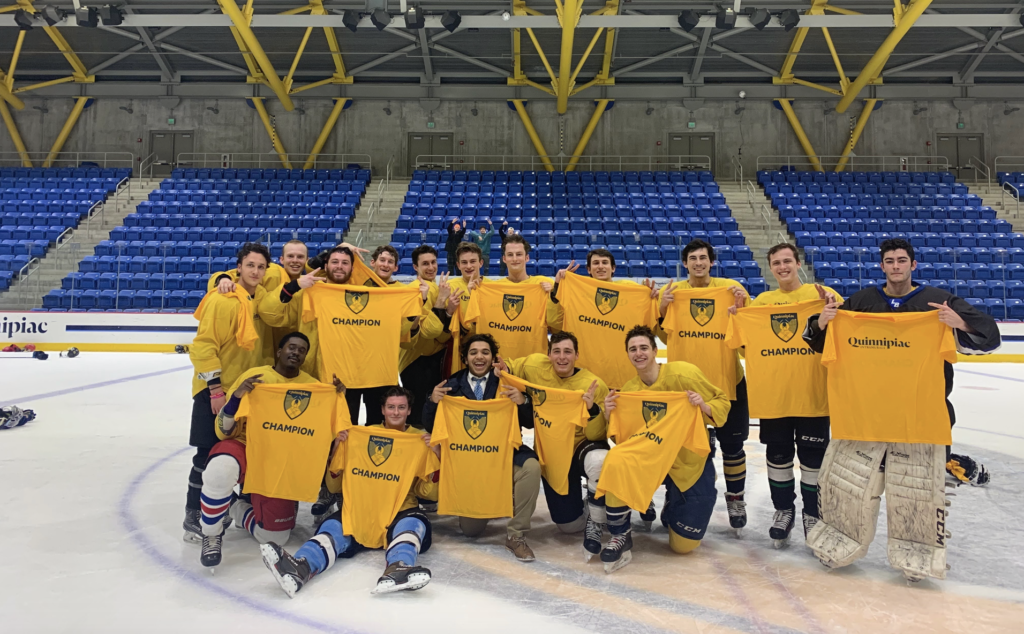
“We won our second championship last spring,” Arcaroli said. “It was actually in the beginning of March right before everything went down. I mean, that might’ve been our last game.”
Intramurals are not the university’s priority when it comes to returning to play which leaves a large group of players in an unfortunate spot.
“We had a great group of guys that all loved getting together and playing,” Arcaroli said. “We only have a certain amount of time here to play together and I don’t think it’s unrealistic to say that might have already run out.”
A youth level that does have some state priority in returning to play has been travel hockey teams, a club level for kids aged five years old through 18. Seventeen-year-old Jake Santino and his team have been playing games since August.
“We’ve been playing yeah but that part is the only thing that’s the same,” Santino said.
There are no fans allowed at travel hockey games. That includes parents. Rinks have installed cameras to stream the games from a website called “LiveBarn.”

But it gets worse.
“They don’t even let us get dressed in the locker rooms,” Santino said. “I have to put everything on in my car. I get it but it’s so bad.”
Players have to get the majority of their equipment on in the parking lot. This is done to prevent a “large gathering” of players in a locker room that will then be used by other teams after them.
They then have to carry their skates and helmets into the rink where they are given a temperature check before they can get through the doors.
“I guess it makes you feel safer yeah but it’s really not close to being the same,” Santino said.
Interestingly, there is another level at the same age group that cannot play. High school hockey has an entirely different set of rules. With state government officials deciding whether or not schools can allow their sports teams to play, some athletes might be able to play travel hockey but not high school hockey in the same buildings.
Jimmy Rorro is in that predicament right now. The junior goalie is wrapping up his travel hockey season at the end of November. Usually, that would be the transition to the high school season but in New York State, there has been no official word from government officials about when the season can start.
“We’re two weeks away from when our first game usually is and no one has made a decision yet,” Rorro said. “There’s no way we start on time now.”
Players say there are rumors that early January is being targeted as a start date which already delays the season by two months. At this point though, they are willing to take anything they can get.
“It’s really frustrating because I’m playing games right now for travel,” Said Rorro. “I don’t understand how it makes a difference if it’s for high school or not.”
With winter approaching, decisions need to be made regarding the seasons of millions of hockey players across the country. But one thing is for certain. COVID-19 has left its mark on the hockey world.
From the NHL to youth hockey, everyone is impacted. With no clear end in sight, the only question is, how long is this going to be the new normal in the world of hockey?
